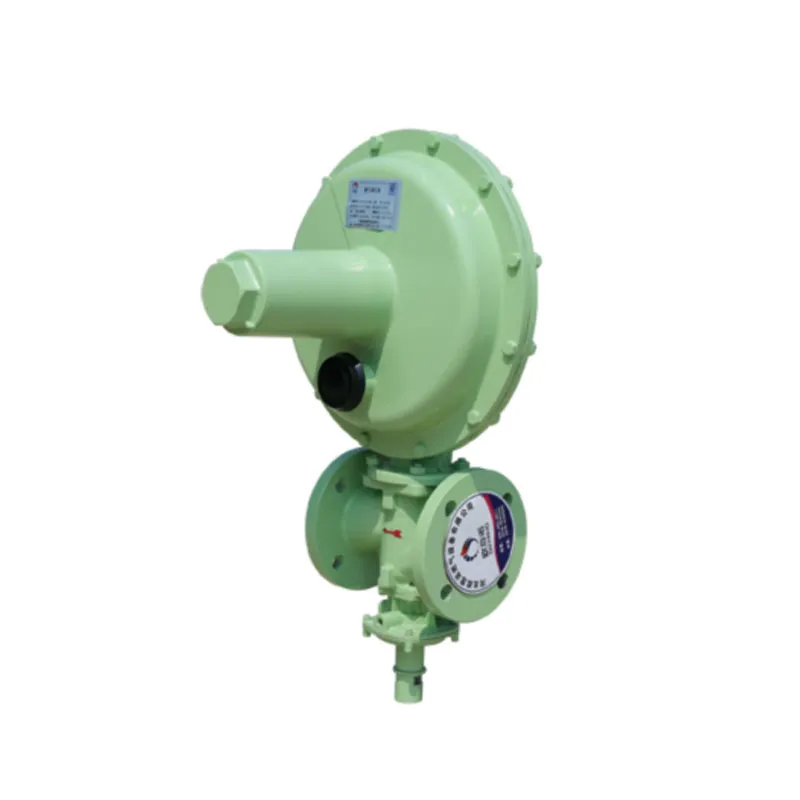
Dec . 10, 2024 08:19
Back to list
أنبوب الضغط
Understanding Pressure Pipes Importance, Types, and Applications
Introduction
Pressure pipes are critical components in various industries, including water supply, oil and gas, and chemical processing. Designed to transport fluids and gases under pressure, these pipes must meet stringent safety and performance specifications. This article explores the types of pressure pipes, their applications, and the importance of selecting the right materials and designs for different environments.
Types of Pressure Pipes
Pressure pipes come in various materials and specifications, each suited for specific applications
1. PVC (Polyvinyl Chloride) Pipes Widely used in water supply systems, PVC pipes are lightweight, corrosion-resistant, and cost-effective. They are ideal for delivering potable water and are often used in irrigation systems.
2. HDPE (High-Density Polyethylene) Pipes Known for their flexibility and resistance to impact and chemicals, HDPE pipes are commonly used in gas distribution and wastewater systems. They can be manufactured in large lengths, reducing the number of joints and potential leak points.
3. Steel Pipes Steel pipes are robust and can handle high-pressure applications, such as in oil and gas pipelines. Depending on the specific use, they can be galvanized to prevent corrosion or treated for specific environmental conditions.
4. Copper Pipes Used mostly in plumbing, copper pipes are valued for their reliability and durability. They are resistant to corrosion and high temperatures, making them suitable for both hot and cold water systems.
5. Fiberglass Pipes These pipes are lightweight and resistant to corrosion, which makes them a good choice for chemical and wastewater applications. Fiberglass-reinforced pipes can withstand high pressures and are used in situations where traditional materials might fail.
.
The significance of using the right pressure pipes cannot be overstated
أنبوب الضغط

- Safety Given that pressure pipes often carry hazardous or high-temperature fluids, the materials and construction must be reliable. Failure of a pressure pipe can lead to catastrophic results, including spills, leaks, or explosions.
- Efficiency Properly designed and constructed pressure pipes ensure maximum flow efficiency while minimizing energy loss. This is crucial for industries aiming to reduce operational costs.
- Longevity High-quality pressure pipes can last for decades, which means lower replacement and maintenance costs. Investing in durable materials pays off in terms of reduced downtime and improved service life.
- Environmental Protection The right choice of materials helps to minimize leakage, which can have detrimental effects on the environment. For example, using HDPE in oil and gas applications can reduce the risk of environmental pollution.
Challenges in Pressure Pipe Management
Despite the advantages, managing pressure pipes comes with its set of challenges
- Corrosion Several factors, such as the chemical composition of the fluid being transported, can lead to corrosion. Selecting corrosion-resistant materials or applying protective coatings can mitigate this risk.
- Installation The proper installation of pressure pipes is essential for performance and safety. Misaligned joints or inadequate supports can lead to stress points, potentially resulting in failure.
- Regulatory Compliance Different industries are subject to various regulations regarding the materials and constructions of pressure pipes. Keeping up with these regulations is critical for ensuring safety and environmental compliance.
Conclusion
Pressure pipes play a vital role in the safe and efficient transport of fluids and gases across various industries. Choosing the right type of pipe based on its material properties, application, and environmental conditions is crucial for ensuring safety, efficiency, and longevity. As technology evolves, new materials and designs will continue to emerge, further enhancing the capabilities and performance of pressure pipes. Understanding these factors is essential for engineers, architects, and project managers involved in infrastructure development and maintenance. Investing in quality pressure pipes not only protects assets but also promotes sustainability in fluid and gas transportation.
Next:
Latest news
-
Safety Valve Spring-Loaded Design Overpressure ProtectionNewsJul.25,2025
-
Precision Voltage Regulator AC5 Accuracy Grade PerformanceNewsJul.25,2025
-
Natural Gas Pressure Regulating Skid Industrial Pipeline ApplicationsNewsJul.25,2025
-
Natural Gas Filter Stainless Steel Mesh Element DesignNewsJul.25,2025
-
Gas Pressure Regulator Valve Direct-Acting Spring-Loaded DesignNewsJul.25,2025
-
Decompression Equipment Multi-Stage Heat Exchange System DesignNewsJul.25,2025

